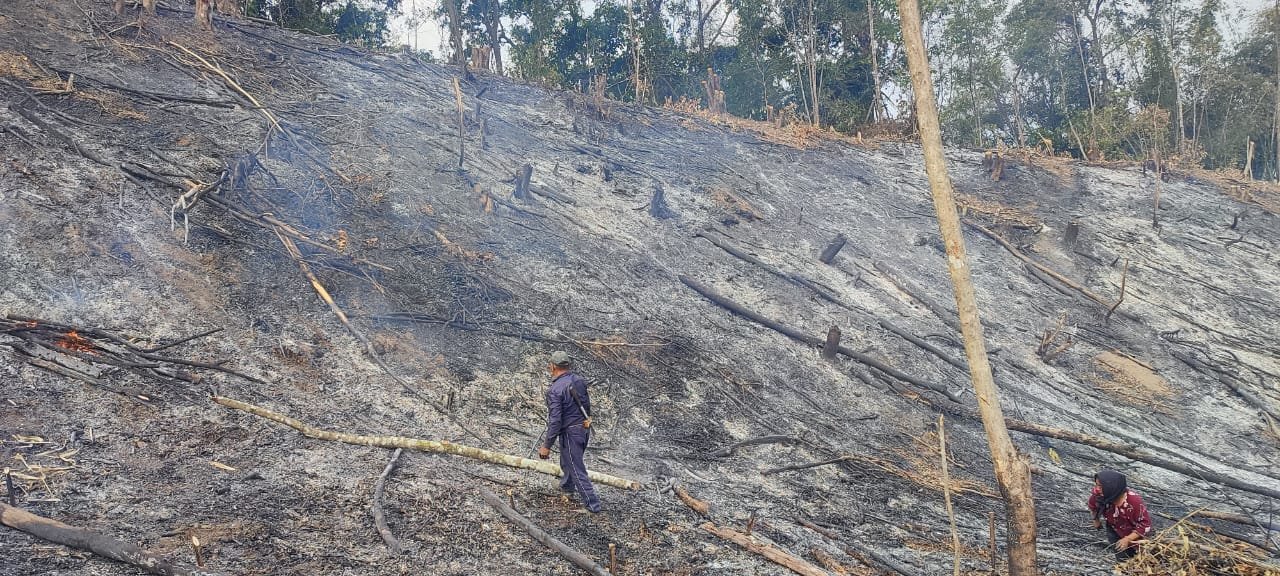As Nagaland gets ready for the annual slash-and-burn cultivation season, concerns mount over the sustainability of its forest cover. Slash-and-burn or Jhum Cultivation, an age-old practice in Nagaland, faces scrutiny as the state’s forest cover dwindles.
Nagaland, home to 17 major tribes and various sub-tribes across its 16 administrative districts, relies heavily on agriculture for sustenance. With a population nearing 19.79 lakhs as per the 2011 census, the pressure on land and resources intensifies each year.

The state’s forest cover, once spanning 12,489 square kilometres in 2017, has shrunk to 12,251 square kilometres by 2021—a reduction of 238 square kilometres in just four years according to the India State of Forest Report (ISFR) published by FSI. This decline raises questions about the ecological sustainability of traditional practices against the backdrop of modern economic needs.
Download Nagaland Tribune app on Google Play

While slash-and-burn cultivation has deep cultural roots and has sustained communities for generations, its impact on the environment cannot be ignored. The felling of trees for firewood and economic purposes further exacerbates deforestation, posing a threat to biodiversity and ecological balance.

As Nagaland strives to balance tradition with conservation, the pressing question remains: Can the state’s forest cover endure the demands imposed by its people’s livelihoods and cultural practices? In the face of declining resources, the need for sustainable solutions and conservation efforts becomes more urgent than ever before.
The 2023 census data, which is overdue, is yet to be released. Nonetheless, current estimates suggest a substantial increase in population compared to the 2011 figure in Nagaland, mirroring the region’s ongoing demographic trends. Notably, the rise in population is intricately linked to factors such as the state’s forest cover.

